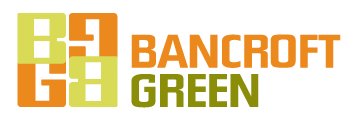Benefits of a LEED-Certified Home
LEED recognizes performance in the following areas:
Indoor Environmental Quality
According to the U.S. Environmental Protection Agency, the quality of the air indoors is often two to five times worse, and occasionally more than 100 times worse, than outdoor air. A LEED home is designed to maximize fresh air indoors and minimize exposure to toxins and pollutants.
Energy Efficiency
According to the U.S. government’s ENERGY STAR program, the average American household spends around $1,500 every year on energy bills. LEED homes have the potential to use 20-30% less energy, with some acheiving up to a 60% reduction, than a home built to the International Code Council’s standards for minimum energy efficiency. Less energy use means lower utility bills every month through the life of a house.
Water Efficiency
Wasteful water use is not only costly, but as population growth and a changing climate make clean, safe water an increasingly scarce resource, it can negatively affect the environment. Not only is water a valuable resource by itself, but excessive use of it is also directly tied to wasteful energy use. According to the U.S. Department of Energy, as much as 25-50% of the electricity used by most U.S. cities is consumed at municipal water and wastewater treatment facilities. LEED homes use innovative strategies to reduce a home’s water use and to find creative ways to reuse water.
Site Selection
LEED encourages homes that are close to schools, shopping, work, and transit, maximizing your quality of life and reducing the amount of time you waste in traffic.
Site Development
During construction and beyond, a home can cause erosion, interfere with natural habitats, and pollute waterways through stormwater runoff. LEED homes avoid destructive construction practices and have landscaping and other elements that protect the land where the home sits.
Materials Selection
The process for selecting materials and resources that comprise a building is extremely important for a sustainably designed home. LEED homes use recycled, reclaimed, and responsibly obtained materials where possible.
Residents’ Awareness
LEED ensures homeowners and renters are educated about a home’s green features, and how to get the highest performance from them. A LEED home also stands as an example to the community of a well-built home and encourages others to live the same.
Innovation
LEED encourages builders and designers to find innovative ways to increase a home’s performance, taking into account local and regional needs, and promoting durability for a long-lasting, comfortable home.


